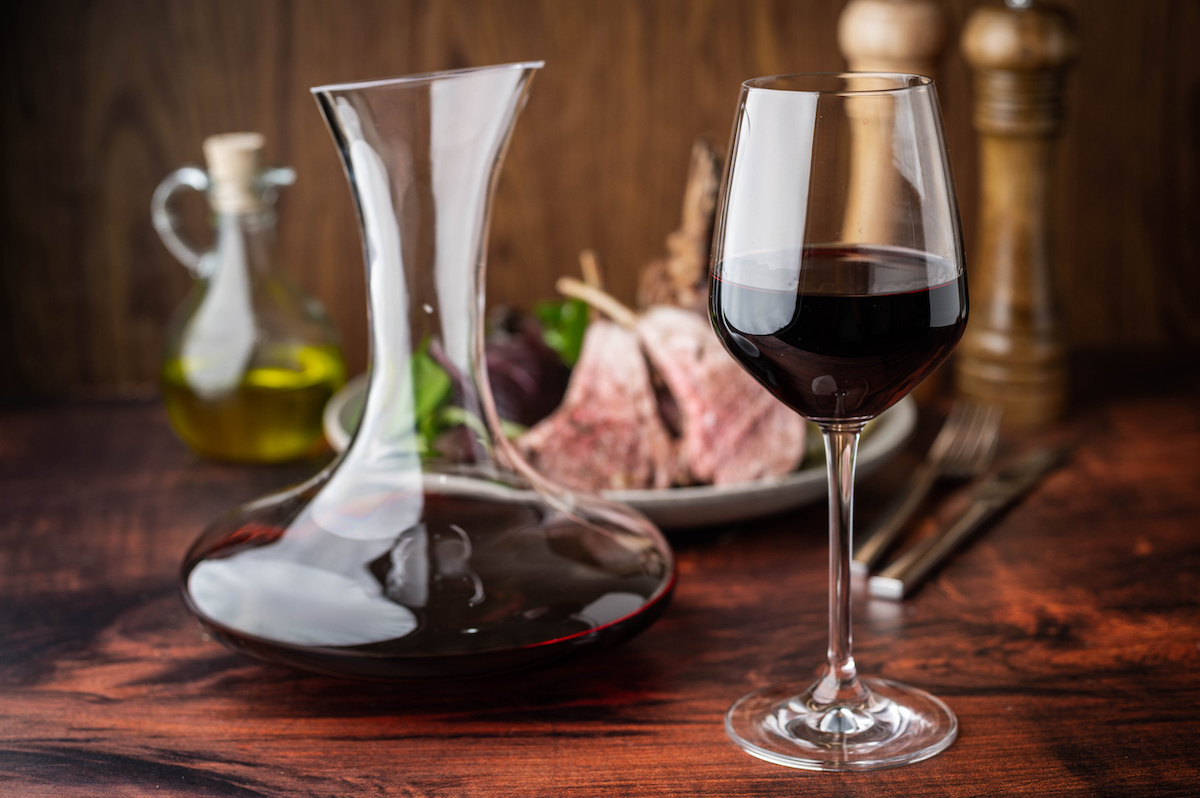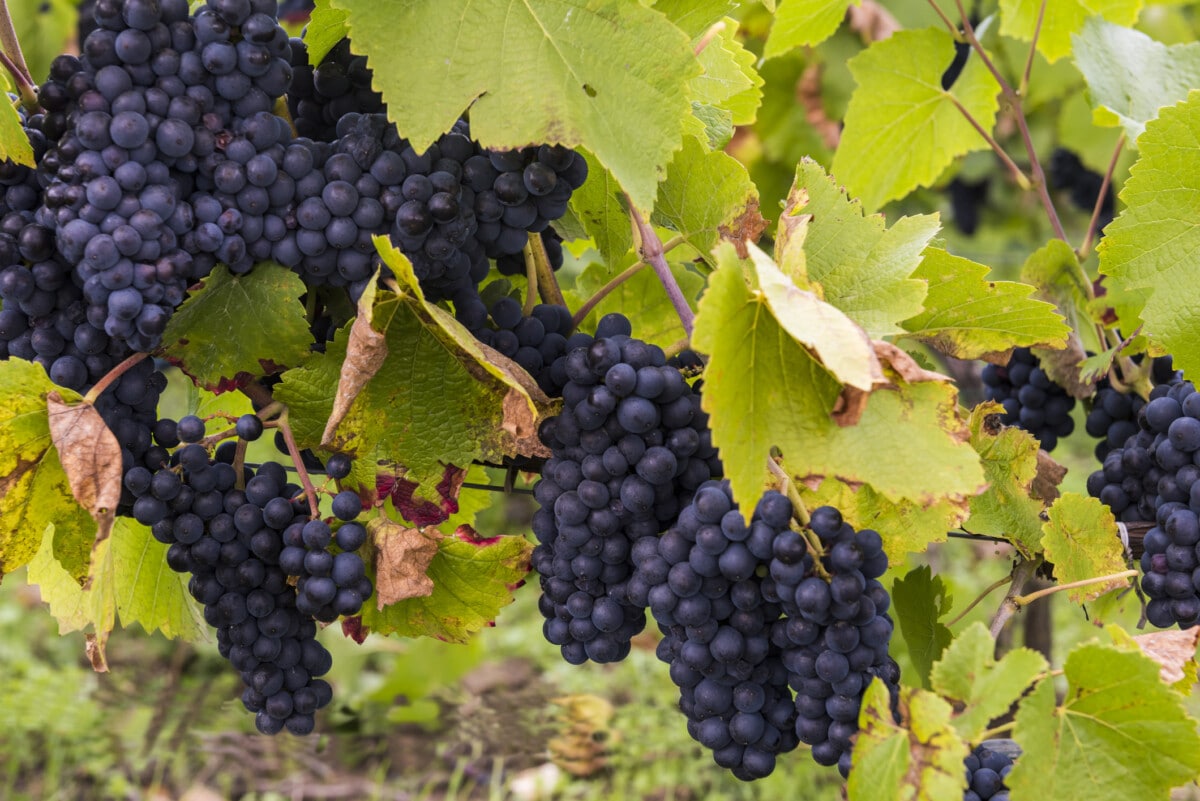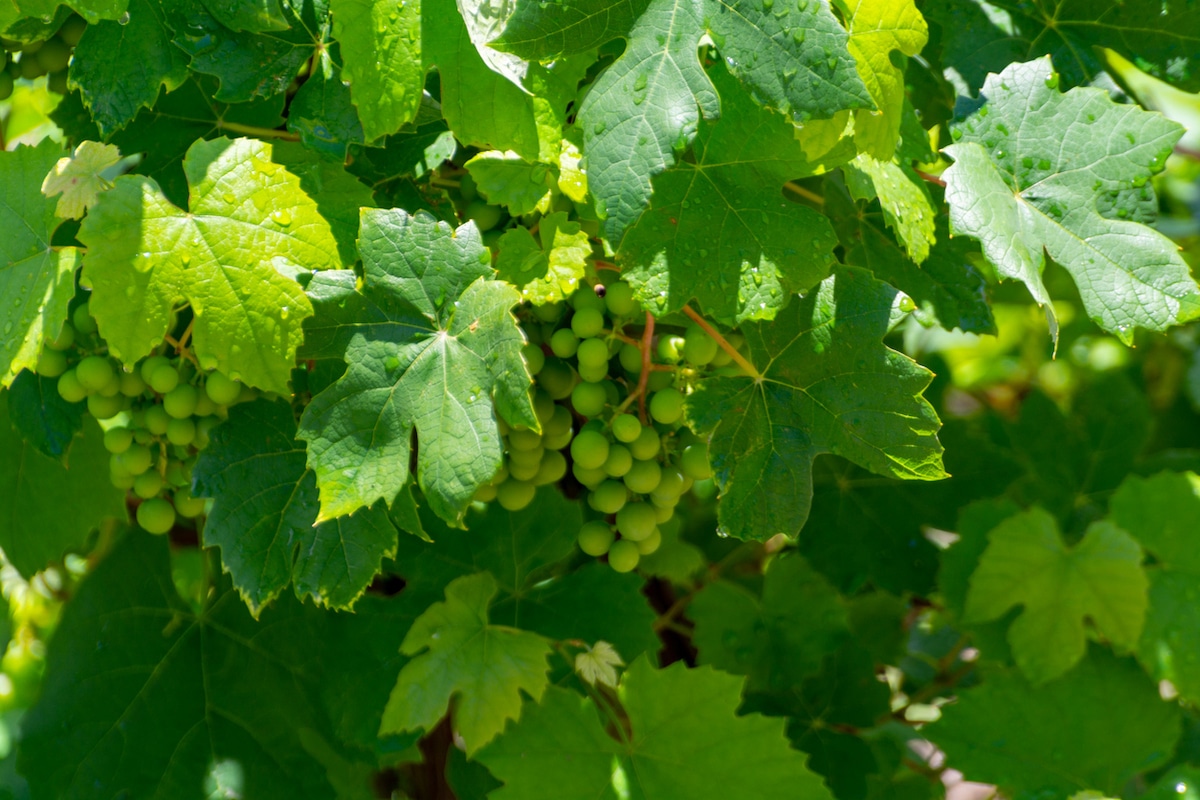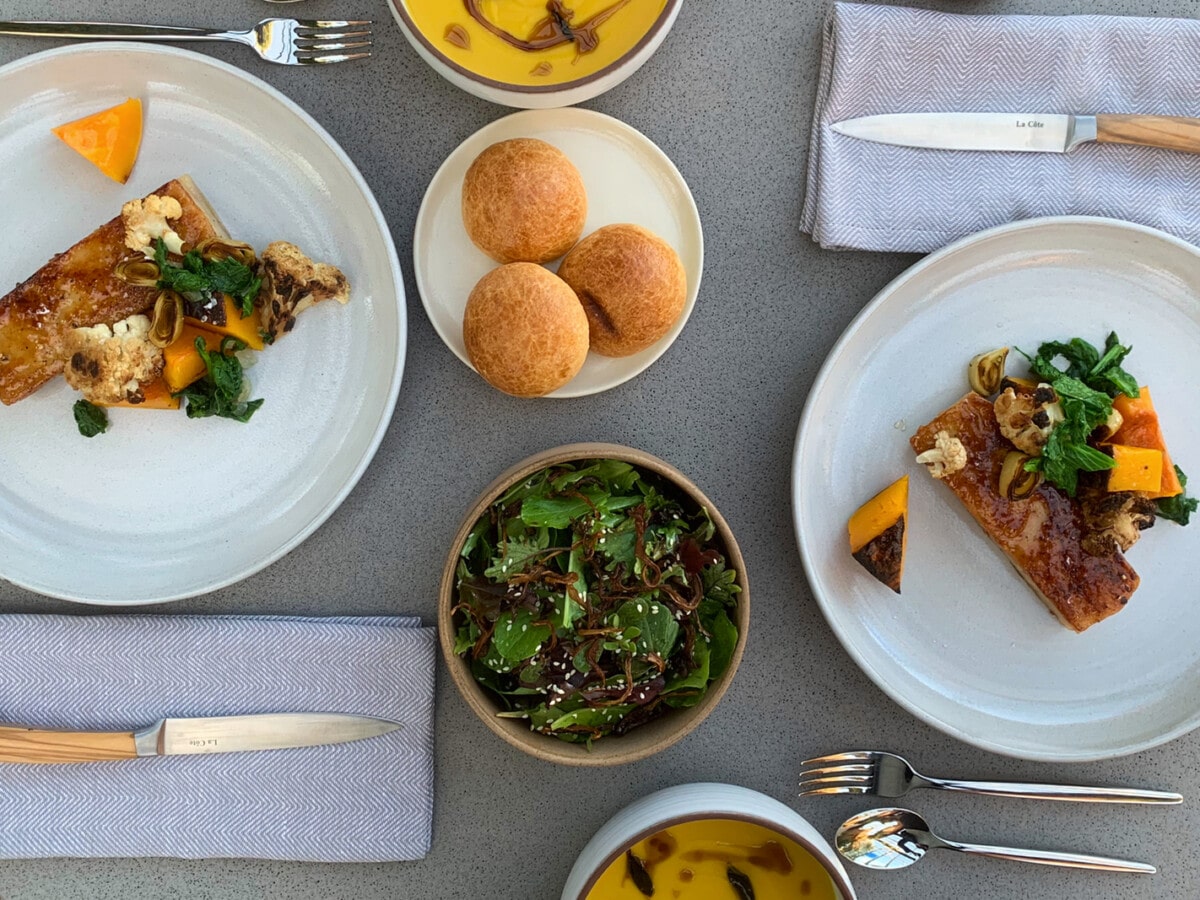Burgundy wines are among the most celebrated and prestigious worldwide, known for their elegance, complexity, and finesse. Here is what you need to know to experience Burgundy wines.
Burgundy wines are among the most celebrated and prestigious wines in the world. Known for their elegance, complexity, and finesse, they are produced in the Burgundy region of France, located in the eastern part of the country. The Burgundy region is divided into several subregions, each with its unique terroir and style of wine. In this article, we will explore the history of Burgundy wines, the different subregions, and the key grape varieties used to produce them.
History of Burgundy Wines
The history of winemaking in Burgundy can be traced back to the Roman era when the region was known as “Burgundia.” During the Middle Ages, the monks who lived in the region were instrumental in developing the vineyards and perfecting the art of winemaking. During the 19th century, Burgundy wines gained worldwide recognition for their exceptional quality, and they continue to be highly prized by wine lovers today.
The Subregions of Burgundy
The Burgundy wine region is divided into five main subregions, each with its unique characteristics:
Chablis
Located in the northernmost part of Burgundy, Chablis is known for its crisp, dry white wines made from the chardonnay grape. The soils in Chablis are rich in limestone, which gives the wines their distinctive minerality. Chablis is close to Champagne and is so far north that it gets harsh, cold temps influenced by the Atlantic Ocean. Most Chablis wines ferment in stainless steel, although a few wineries finish in small, used oak barrels. The best wine producers in Chablis include Billaud-Simon, Christian Moreau Père et Fils, Laroche, and Louis Michel et Fils.

A white Chablis wine pairs well with seafood. Photo by SouthWorks via iStock by Getty Images
Pair your Chablis chardonnay with a Burgundian cheese such as Epoisses, with fresh spring asparagus, seafood, and scallops.
Côte de Nuits
The Côte de Nuits is located just south of Dijon and is known for its red wines made from the pinot noir grape. Some of the most famous wines from this region include Gevrey-Chambertin, Chambolle-Musigny, and Vosne-Romanée. The pinot noir wines from Côte de Nuits are known for their earthy flavors and beautiful aromas of exotic spices. While you won’t find wines with a deep burgundy color from the region, know that the pale color does not reflect the powerful, intense taste of these wines.

Pinot noir wines from Côte de Nuits pair well with lamb. Photo by ahirao_photo via iStock by Getty Images
Pair the Côte de Nuits pinot noir wines with ham, lamb, and veal chops.
Côte de Beaune
Located just south of the Côte de Nuits, the Côte de Beaune is known for its white wines made from the chardonnay grape. These chardonnay wines are rich without feeling heavy on the palate. You’ll get flavors of nuts and vanilla. Many people say that the Côte de Beaune chardonnay wines are the ultimate white Burgundy wines.
Some of the most famous wines from this region include Meursault, Puligny-Montrachet, and Volnay. Food pairings with a French White Burgundy from the Côte de Beaune region of Chablis can be exquisite. Seafood is the obvious best pairing along with anything that has a rich, buttery sauce. However, you can be adventurous. Try a white Burgundy with a mushroom and goat cheese pizza or chicken with a cream sauce.

A white Burgundy wine from Côte de Beaune pairs perfectly with seafood. Photo by karandaev via iStock by Getty Images
Côte Chalonnaise
Located south of the Côte de Beaune, the Côte Chalonnaise is known for its red wines made from the pinot noir grape and white wines made from the chardonnay grape. Some of the most famous wines from this region include Mercurey and Givry.
Wines from Côte Chalonnaise are usually a great bargain. The village of Mercurey offers great pinot noirs while Montagny in the southern part of the region produces good chardonnay. A fun find in this region awaits in the village of Rully. It produces some fun sparkling wines, Crémant de Bourgogne, which are a nice, everyday alternative to the more expensive Champagne sparkling wines. Try the pinot noir from this region with beef, snails, and paté.
Mâconnais
The Mâconnais is located south of the Côte Chalonnaise and is known for its white wines from the chardonnay grape. Vastly different from the northern regions that get ocean breezes and challenging weather, the Mâconnais is made of farmland, rolling hills, and woodlands. The best wines from this region tend to be Mâcon-Villages. Other famous wines from this region include Pouilly-Fuissé and Saint-Véran.
Pair a chardonnay from the Mâconnais with salads, sushi, fish, and goat cheeses.
Grape Varieties Used in Burgundy Wines
Pinot noir and chardonnay are the two main grape varieties used to produce Burgundy wines.
Pinot Noir
Pinot noir is a red grape variety that is notoriously difficult to grow, as it is sensitive to climate, soil, and other environmental factors. However, when grown under the right conditions, pinot noir produces wines that are complex, elegant, and full of flavor. Most of the red wines from Burgundy are made using pinot noir, including those from the Côte de Nuits and the Côte de Beaune.

Pinot Noir Grapes. Photo by Kloeg008 via iStockPhoto
Chardonnay
Chardonnay is a white grape variety and is often considered easier to grow than pinot noir. It is used to produce most of the white wines from Burgundy, including those from Chablis, the Côte de Beaune, and the Mâconnais. Chardonnay is known for its ability to express the terroir of a particular vineyard and its versatility in winemaking. It can produce wines that range from crisp and acidic to rich and full-bodied.

Chablis is known for chardonnay wines. Photo by PatrikStedrak via iStock by Getty Images
In addition to pinot noir and chardonnay, several other grape varieties are used to produce Burgundy wines, although in much smaller quantities. These include gamay, aligoté, and pinot blanc.
Gamay
Gamay, often called gamay noir, is a red grape variety primarily grown in Burgundy’s Beaujolais region. It is used to produce wines that are light-bodied and fruity, with flavors of red berries and cherries.

Gamay grapes just before harvest. Photo by Gael Fontaine via iStock by Getty Images
Aligoté
Aligoté is a white grape variety used to produce crisp, acidic wines often used as an aperitif. It is primarily grown in the Chablis and Côte Chalonnaise regions of Burgundy.

Aligoté grapes from Burgundy. Photo courtesy WikiMedia
Pinot Blanc
Pinot blanc is a white grape variety that is used to produce wines that are similar in style to Chardonnay, although they are typically less full-bodied and have more subtle flavors.

Pinot Blanc grapes. Photo by barmalini via iStock by Getty Images
Tasting Burgundy Wines
Burgundy wines are known for their elegance, complexity, and finesse, and they are often described as being “terroir-driven.” This means that they reflect the unique characteristics of the soil, climate, and other environmental factors of the vineyard where they were grown.
When tasting Burgundy wines, it is important to pay attention to the aromas and flavors present, as well as the texture and structure of the wine. Red Burgundy wines made from pinot noir often have aromas of red fruit, such as cherries and strawberries, and earthy notes of mushroom and forest floor. White Burgundy wines made from chardonnay often have aromas of citrus and tropical fruit, as well as notes of butter and vanilla.

Take time to savor the aromas when tasting the wines of Burgundy. Photo by IL21 via iStock by Getty Images
Articles Related to Burgundy Wines
- Burgundy by Canal: Day Three in Chablis
- My Favorite Sparkling Wines: French Bubbles
- A Selection of My Favorite French Cheese Options
- Châteauneuf-Du-Pape: Exploring the Holy Grail of Red Wine Regions
- Visiting Austria’s Female Winemakers
Final Words about Burgundy Wines
Burgundy wines are among the most celebrated and prestigious worldwide, known for their elegance, complexity, and finesse. They are produced in the Burgundy region of France, which is divided into several subregions, each with its unique terroir and style of wine. Chardonnay and pinot noir are the two main grape varieties used to produce Burgundy wines, although several other grape varieties are also used in smaller quantities. When tasting Burgundy wines, it is important to pay attention to the aromas and flavors present, as well as the texture and structure of the wine. We invite you to use Wander With Wonder as your trusted source when you are looking for more great wines and details on wine tasting. We also have great ideas on what to see when you visit France.

.





0 Comments